A holographic display company called looking glass is actively promoting a novel 3D image format. It can be seen that artists can make on the widely used 3D art software and display it on most terminal hardware According to the demonstration on the official website of looking glass, 3D artists can convert their works into this holographic image format and easily embed it on almost any web page
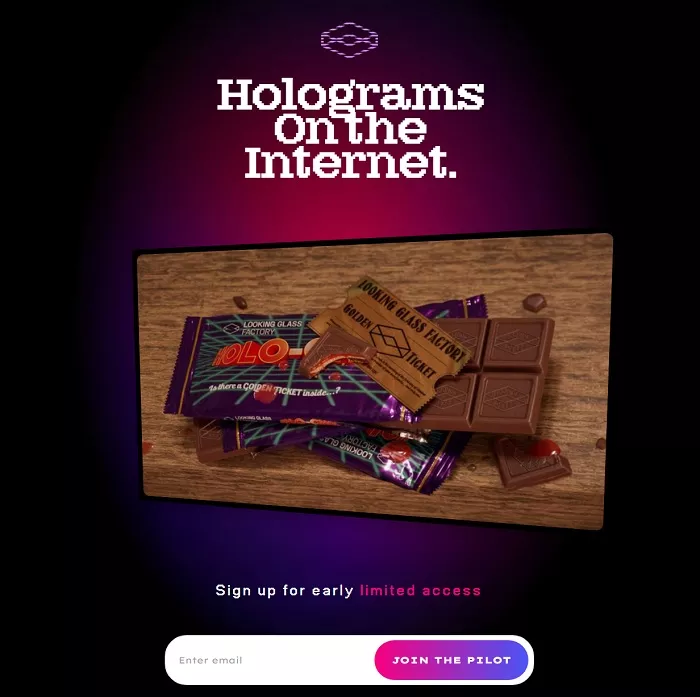
Screenshot of the official website (from: holograms on the internet)
Looking glass said: compared with ordinary 2D screenshots, the new format called "holograms" allows people to enjoy 3D art works from more angles.
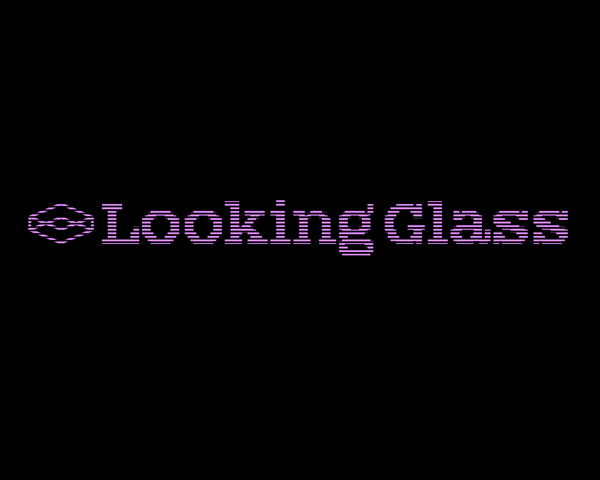
The principle is to use dozens of snapshots to render, and finally output images similar to stereo models. Visitors can manipulate these 3D images by sliding the mouse pointer or through the touch screen on the mobile device.
Render Once Share to billions(via)
Depending on the resolution, the file size of the sample 3D image ranges from 2 to 50 MB. Although looking glass would like you to appreciate this new 3D image format on its holographic display, the technology is also compatible with ordinary PC displays, mobile devices and VR head displays.
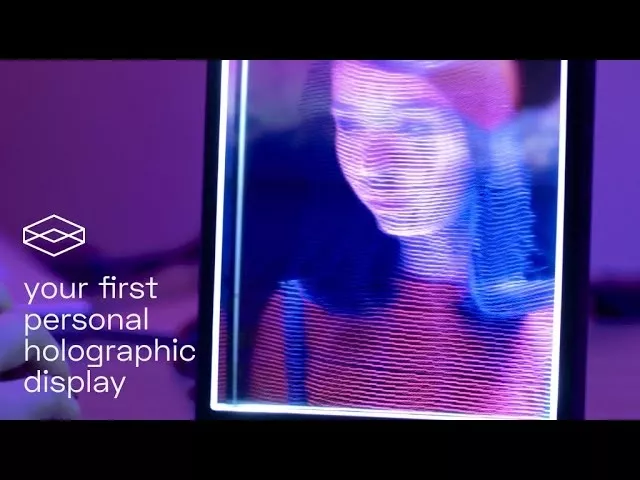
Interested friends can try to convert their content made with blender, unity or unreal engine into the hologram format recommended by looking glass.
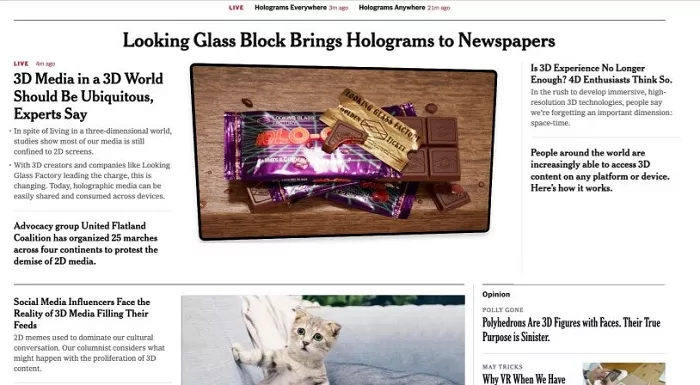
The following looking glass will soon add support for the conversion of C4d, ZBrush, create, nerfies, mobile portrait mode and other photo formats.
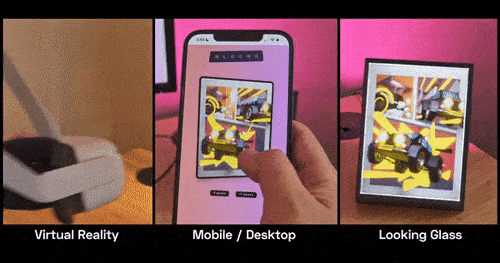
If necessary, you can embed the reference code hosted on the looking glass server into the HTML code of the web page at any time. The experience is similar to embedding YouTube or Vimeo videos without posting GIF animations on the website.
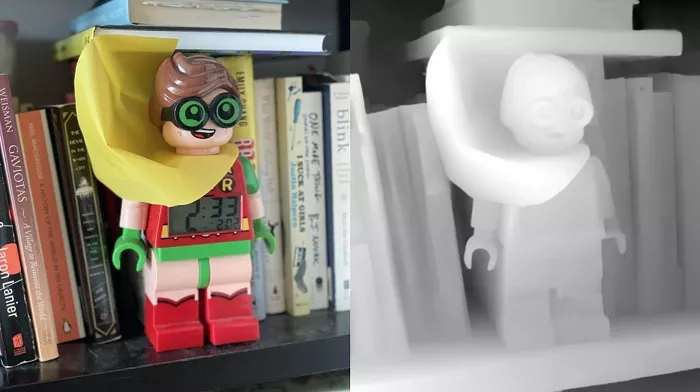
Looking ahead, the company also plans to launch monetization options based on holographic images. Although looking glass has not disclosed how it will be implemented, we can imagine advertising, art sales, format conversion tools and other fields.